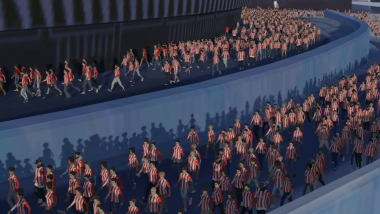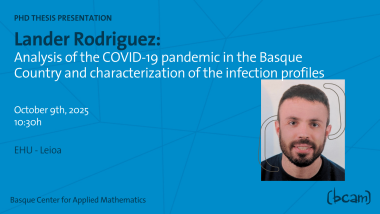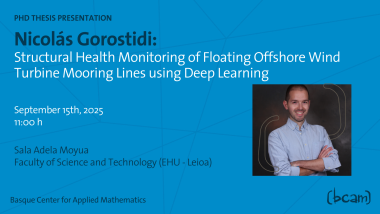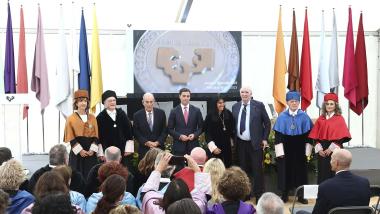BCAM has more than 1,000 publications indexed according to Scopus
- Since 2008, researchers at the Basque Center for Applied Mathematics have published more than a thousand scientific articles on mathematics and application fields
The Basque Center for Applied Mathematics - BCAM has more than a thousand scientific publications indexed in the Scopus database. Scientific production is one of the main tools for measuring the centre's progress, so this figure represents a great achievement of all the researchers who have been part of BCAM in its 11 years of existence.

Specifically, 116 researchers have contributed with their scientific work to BCAM reaching the 1,000 indexed publications. One of the aspects that stands out most in this sense is the multidisciplinary nature of these publications: 37.5% are papers in the area of mathematics, 18.1% in computer science and 12.6% in engineering. The rest of the publications are related to areas such as physics, materials science, biology or chemistry. This distribution confirms that the centre's research groups work in fields as varied and applied as computational mathematics, mathematical modelling, mathematical physics, partial derivative equations or data science, and also frequently collaborate with scientists from other disciplines and institutions.
BCAM’s 1,000th publication, Accessibility for Line-Cutting in Freeform Surfaces, presents important innovations in the field of geometric modelling and industrial manufacturing. It is a scientific article published by Michael Barton, Ramón y Cajal researcher within the BCAM Wave Propagation Simulation group, in the prestigious journal Computer-Aided Design (D1), in collaboration with Boris Van Sosin and Gershon Elber of the Technion-Israel Institute of Technology.
Industrial manufacturing techniques such as hot wire cutting, EDM wire cutting, wire sawing and CNC flank machining belong to a class of processes called in-line cutting, in which the cutting tool moves tangentially along the reference geometry. From a geometric point of view, line cutting presents a number of unique challenges to ensure that the process is not affected by collisions. The publication by Barton and his collaborators proposes an algorithm to find the tangential cutting directions without collision, from a set of cutting paths with a free-form geometry. It also demonstrates how that information can be used to generate collision-free cutting paths by applying its algorithm to free-form models of varying complexity. This new algorithm represents a key contribution in the area of industrial manufacturing that uses in-line cutting.
Related news:
- BCAM obtains a FET Open grant from the European Commission to revolutionise computer-aided design
- Mapping Ignorance: Finding collision-free tangential cutting directions when machining
Related news
Ikerketa




